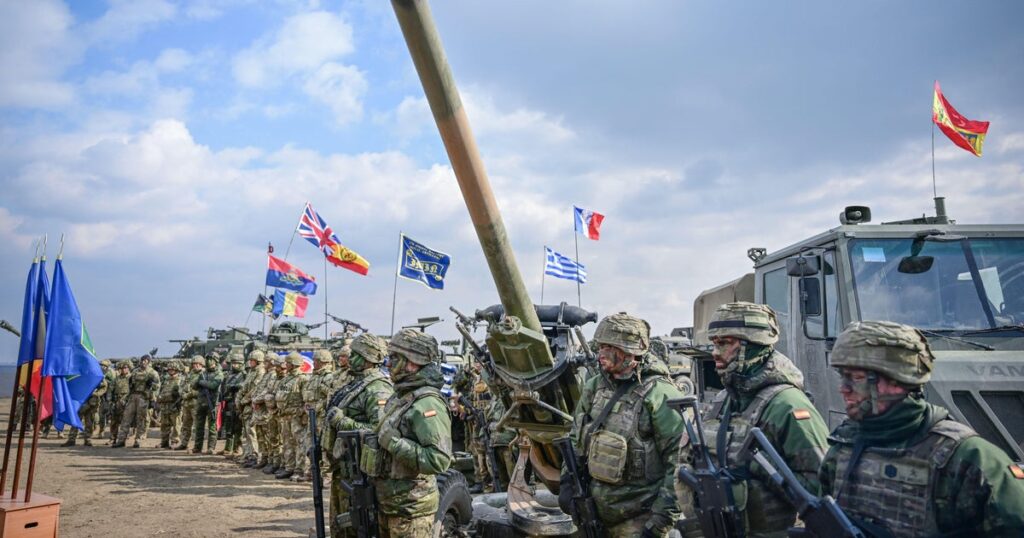Data show biggest jump in global military spending since Cold War
Data show biggest jump in global military spending since Cold War

The wars in Ukraine and the Middle East, and pressure from Trump, helped drive a massive boost in global military spending last year, a Swedish think tank says.
Read the full article on CBS World
Truth Analysis
Analysis Summary:
The article's main claim about a significant jump in global military spending since the Cold War is supported by multiple sources. However, the attribution of this increase solely to the wars in Ukraine and the Middle East, and pressure from Trump, presents a potentially biased and oversimplified explanation. While these factors likely contributed, the article lacks nuance and omits other potential drivers.
Detailed Analysis:
- Claim:** "Data show biggest jump in global military spending since Cold War"
- Verification Source #5: Supports this claim, stating "It was the highest year-on-year increase since the end of the Cold War."
- Verification Source #2: States "Cold war levels of military expenditure return to Central and Western Europe"
- Verification Source #4: States "...biggest yearonyear nominal increase in global military spending since 2010...highest level since the end of the cold war."
- Verdict: Supported by multiple sources.
- Claim:** "The wars in Ukraine and the Middle East, and pressure from Trump, helped drive a massive boost in global military spending last year..."
- Verification Source #2: Mentions the surge in European spending, which could be linked to the war in Ukraine.
- Verification Source #3: Mentions the drop in defense spending after the Cold War.
- Verification Source #1: Does not directly mention the wars in Ukraine or the Middle East, or pressure from Trump.
- Verification Source #4: Does not directly mention the wars in Ukraine or the Middle East, or pressure from Trump.
- Verification Source #5: Does not directly mention pressure from Trump.
- Verdict: Partially supported. The wars in Ukraine and the Middle East are plausible contributing factors, but the article presents them as the sole drivers without sufficient evidence. The mention of "pressure from Trump" is not directly supported by the provided sources and seems like a potentially biased attribution.
Supporting Evidence/Contradictions:
- Agreement:** Verification Sources #2, #4, and #5 all agree that global military spending has reached levels not seen since the Cold War.
- Lack of Coverage:** None of the provided sources explicitly contradict the claim that the wars in Ukraine and the Middle East contributed to increased spending. However, they also do not provide direct evidence to support this as the *sole* or primary cause.
- Lack of Coverage/Potential Bias:** The claim about "pressure from Trump" is not covered by the provided sources and seems like a potentially biased interpretation of events. It's possible that policies or rhetoric during Trump's presidency influenced military spending, but the article provides no evidence to support this claim.
- Internal Knowledge:** While not verifiable through the provided sources, it's reasonable to assume that geopolitical tensions beyond just the wars in Ukraine and the Middle East (e.g., rising tensions in the South China Sea, concerns about China's military buildup) also contribute to increased military spending globally. The article's omission of these factors contributes to its bias.

